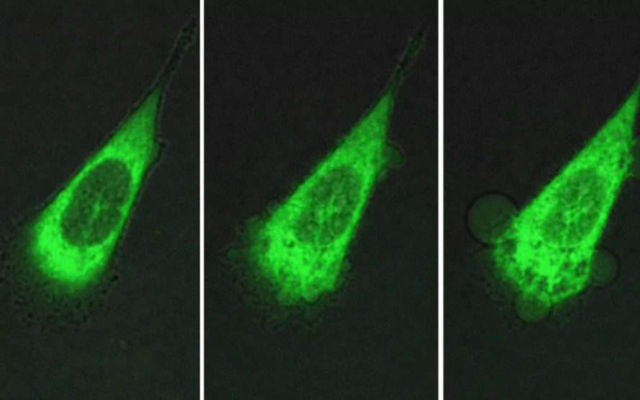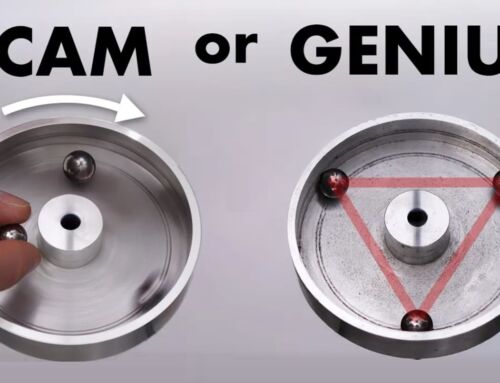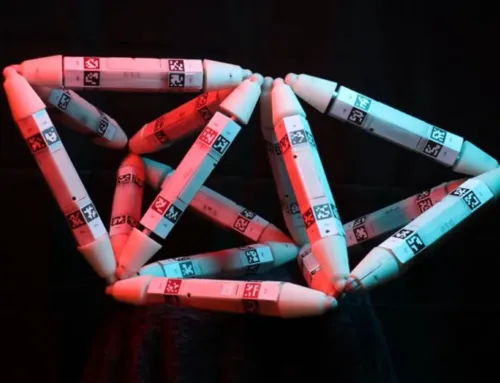Motorised molecules drill into cancer cells and killed them.
Scientists at Durham University used motorised molecules driven by light, to drill holes in the membranes of individual cells, including cancerous ones.
The technique shows promise for either bringing therapeutic agents into the cells or directly inducing the cells to die.
Dr Robert Pal at Durham University worked with researchers at Rice and North Carolina State universities in the USA to demonstrate in laboratory tests how rotors in single-molecule nanomachines can be activated by ultraviolet light to spin at two to three million rotations per second and open membranes in cells.
He explains:
“Test motors designed to target prostate cancer cells broke through their membranes from outside and killed them within one to three minutes of activation.
We are moving towards realising our ambition to be able to use light-activated nanomachines to target cancer cells such as those in breast tumours and skin melanomas, including those that are resistant to existing chemotherapy.
Once developed, this approach could provide a potential step change in non-invasive cancer treatment and greatly improve survival rates and patient welfare globally.”
The cells showed increased blebbing – bubbling of the membrane. This effect can be seen, in the image above, as bulges from the small dark spots on a human prostate cell (stained green), which is under attack by motorised molecules.
Image credit Dr. Robert Pal/Durham University
source Durham University






Leave A Comment